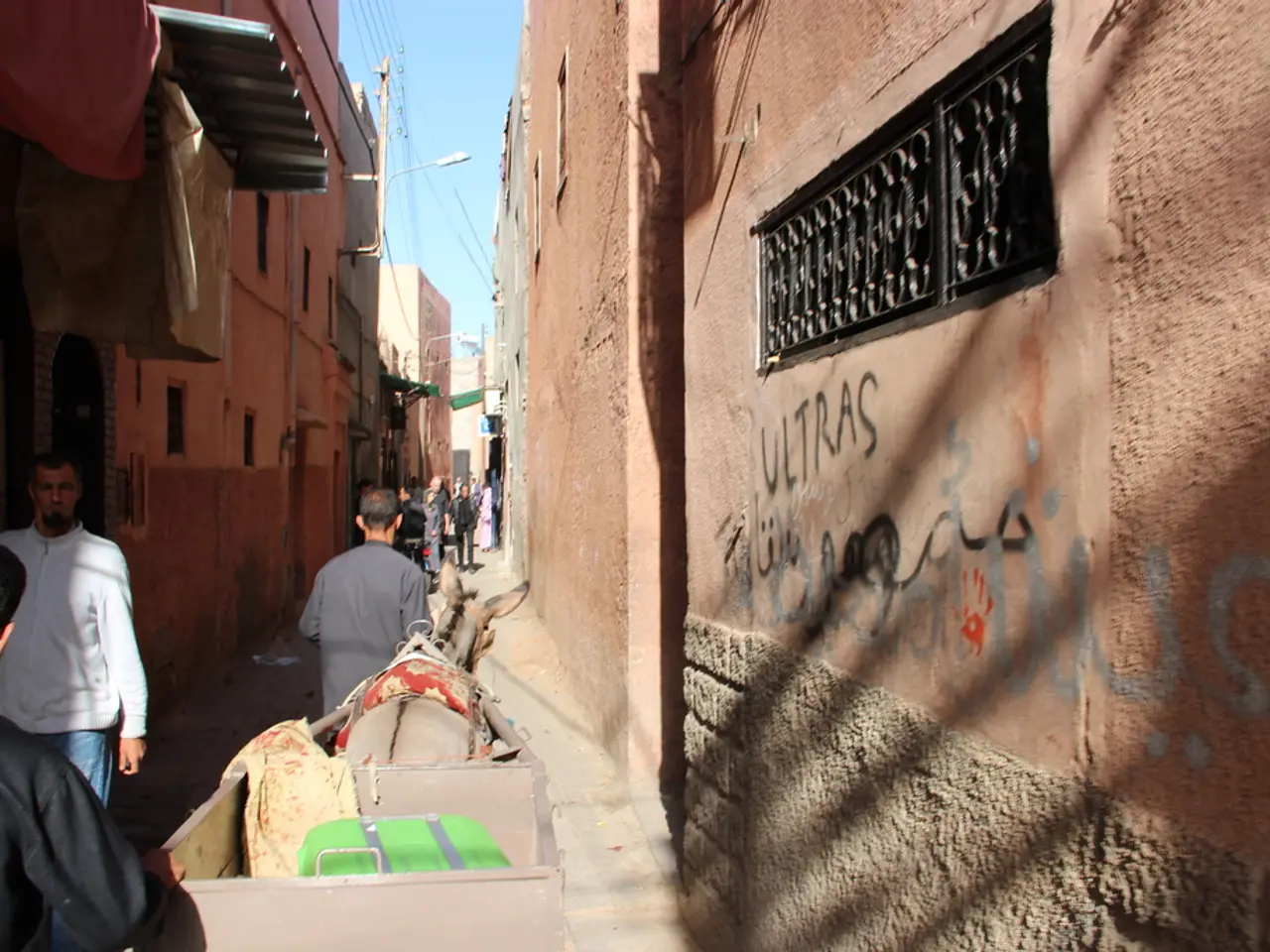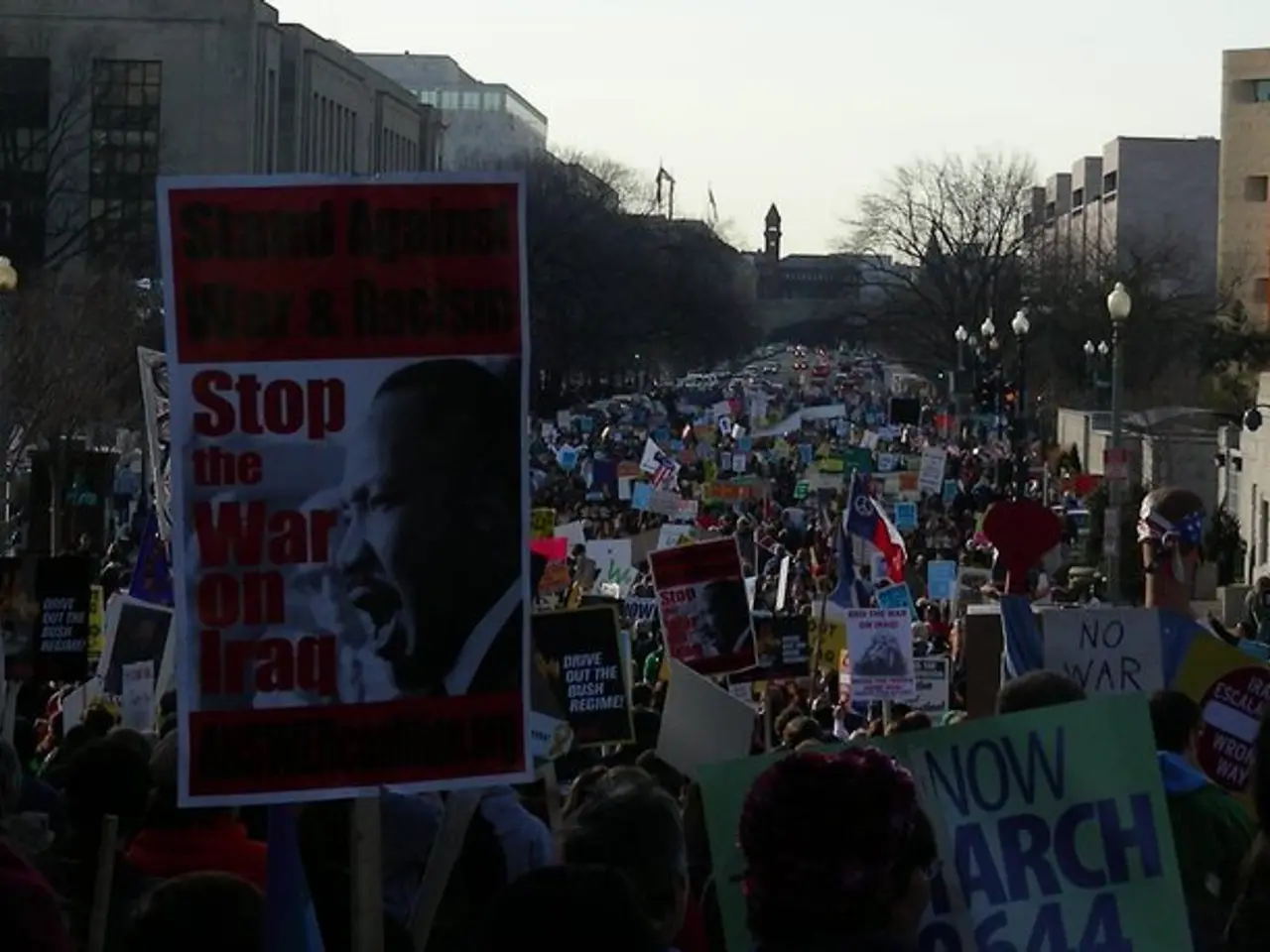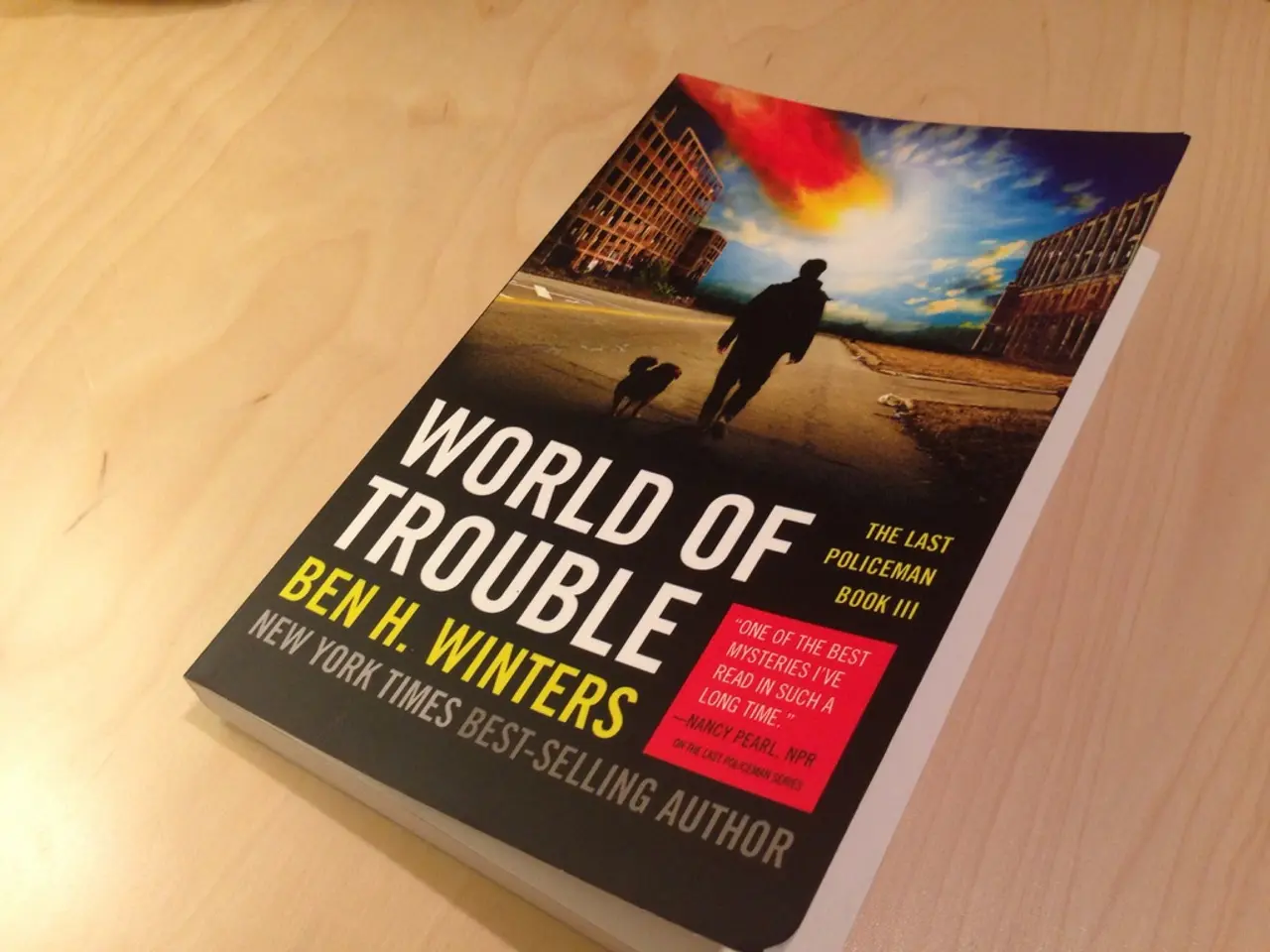Struggle for Cambodian Autonomy
Cambodia, a Southeast Asian nation with a rich historical background shaped by the Khmer Empire and iconic structures like Angkor Wat, has a story that extends beyond its ancient past. The country's journey towards independence, marked by various revolutionary movements and resistance efforts against French colonial rule, is a testament to the resilience and determination of the Cambodian people.
During the 19th century, Cambodia fell under French colonial rule, leading to significant changes in its governance and societal structure. The era of French Protectorate marked a challenging period for Cambodians, with the suppression of local autonomy and the imposition of foreign control.
Grassroots Resistance and Political Advocacy
Compared to Vietnam or Laos, Cambodia’s fight for independence involved less organized secret society resistance and more royal-led political advocacy combined with some popular uprisings. After the 1884 treaty expanding French control, a countrywide revolt against the French protectorate erupted but was suppressed with the Cambodian King Norodom’s intervention acting under French influence.
King Norodom Sihanouk’s diplomatic and political efforts in the 1940s–1953 spearheaded Cambodia’s independence movement successfully, culminating in formal independence in 1953. His leadership channeled nationalist sentiment, and although not a secret society or armed resistance, his efforts were instrumental in Cambodia's fight for independence.
Secret Societies and Resistance Movements
Secret societies like Son Ngoc Thanh movement and Khmer Issarak played a crucial role in organizing and coordinating the resistance efforts against French rule during the Cambodian Fight for Independence. However, detailed accounts of key clandestine organizations involved in anti-French resistance during this time are not as well-documented as in some neighbouring countries.
The resistance during Japanese occupation indirectly affected Cambodia’s nationalist movement, but the secret societies involved in anti-French resistance during this time are not as well-researched. The Khmer Rouge, a rural communist guerrilla group formed later, were initially part of resistance against French and later against postcolonial regimes, but their rise was more tied to the 1950s-70s period rather than the early independence fight.
International Support and Geopolitical Implications
International support, including diplomatic backing and moral solidarity from countries like India, Indonesia, and Vietnam, as well as aid and funding from sympathetic nations, bolstered the efforts of Cambodian nationalists during the fight for independence. Cambodian resistance fighters employed guerilla tactics and strategic alliances with neighbouring countries to mount armed resistance against the French, aiming to weaken colonial control and ultimately pave the way for Cambodian independence.
The struggle for Cambodian independence was intertwined with broader Asian Wars of Independence, reflecting a shared quest for sovereignty across the continent. The legacy of French colonial rule in Cambodia reverberates through the nation's history, shaping its journey towards independence and fostering a resilient spirit of resistance.
The Legacy of Cambodia's Struggle
The legacy of Cambodia's struggle endures as a testament to the resilience and determination of the Cambodian people in the face of colonial oppression. The legacy includes a collective memory of sacrifice and bravery among the Cambodian people, inspiring future generations to cherish and defend their hard-earned freedom.
Modern perspectives on Cambodian independence highlight the importance of safeguarding sovereignty and national integrity in the face of evolving geopolitical dynamics in the region. The fight for Cambodian independence stands as a testament to the resilience and determination of the Cambodian people, playing a significant role in the larger context of Asian wars of independence.
Politics and general news coverage might focus on the role of King Norodom Sihanouk's diplomatic and political efforts in the 1940s–1953 as a significant turning point in Cambodia's fight for independence, leading to formal independence in 1953. Additionally, the legacy of secret societies like Son Ngoc Thanh movement and Khmer Issarak, which organized and coordinated resistance efforts against French rule, continues to be a topic of interest in historical discussions about Cambodia's path to independence.








